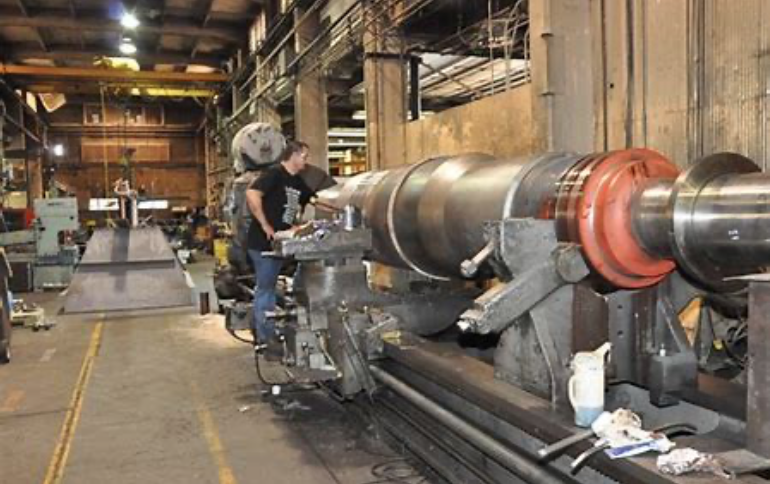Considering part sizes
Notice that the title says first scanner. More than likely, companies who invest in non-contact inspection, scan-based reverse engineering or need to perhaps scan and 3D print objects will own multiple scanners in the course of a career. However, some scanners have the ability to swap out lenses, projectors and the like and can change a scanner’s capabilities by swapping hardware.
Just like CNC machinery or 3D Printers, scanners can vary greatly regarding speed, accuracy, resolution, repeatability, part sizes (Field-of-View), price, ongoing warranty, post-sales service and support, and so on. So perhaps one of the first realizations to accept is that there isn’t a ‘One-Size-Fits-All’ scanner.
This three-part Metrology Minute will go through what you should consider when choosing the best, first scanner for your company.
Whether the scanner is based on laser or structured light you will want to review scanners that can handle the bulk of your scanning requirements because solving them all using a single scanning device may not be possible.
As a general rule of thumb, scanners designed to scan tiny objects offer higher accuracy and resolution capabilities, whereas scanners designed to scan a plant or exterior of a building generally are far less accurate with much lower resolution. High precision is usually not required on large manufacturing projects like erecting a building as opposed to those of a tiny, high-precision gear going into a small mechanical device.

Unfortunately, many consider price as the primary guideline in purchasing their first scanner. If the scanner has purely a novelty use and if exact sizes and picking up fine detail aren’t critical, novelty scanners may work just fine for you. However, most of Cimquest’s customers are scanning either for 3D Printing, reverse engineering, or inspection so repeatable accuracy and resolution are key, and generally speaking, the novelty scanners won’t ‘cut it.’
Scanners can range in price from ‘free’ to six and even seven figures. Therefore we recommend setting price aside initially and your first consideration should be part size, otherwise known as Field-Of-View (FOV).
In photography, when one wants to expand their FOV (field of view), they back up. In scanning, however, that isn’t possible. There is a fixed FOV even for handheld scanners. There is a known distance from the scanner to the front of the object to be scanned and a known width, length, and depth the scanner can capture from that location. So, your first consideration needs to be, “Is the scanner’s FOV adequate to scan the bulk of my parts and assemblies? Will I need to scan some parts in sections and put the pieces together to get complete scans? Will I need to purchase multiple scanners and synchronize them together to optimize scanning speed? These are all questions that we can help answer.
Well, that’s it for this month’s edition of the Metrology Minute. Please look for part 2 next month, when we dig deeper into the parameters to review when choosing your first scanner. Please contact Joel Pollet at jpollet@cimquest-inc.com with any questions or to receive additional information regarding metrology.










Leave A Comment